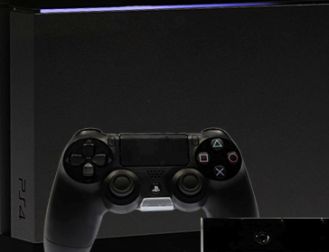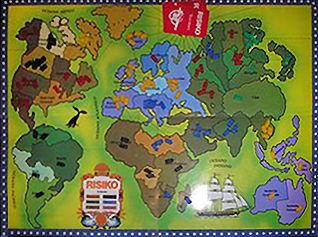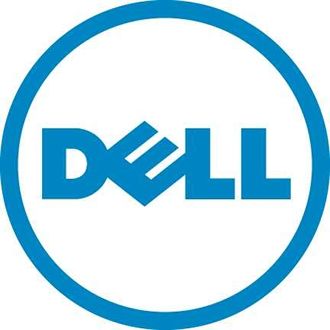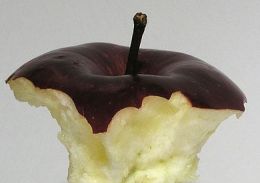 The next generation of games consoles are expected to pass 133 million shipments in their first five years on the market, slightly down from 140 million for the previous generation.
The next generation of games consoles are expected to pass 133 million shipments in their first five years on the market, slightly down from 140 million for the previous generation.
ABI Research noted that, although the console refresh – with Microsoft’s Xbone and Sony’s PS4 – should inject some life into the market, niche consoles nibbling at their heels could shake it up and encourage more innovation than the big three would like.
New platforms, such as niche Android devices like Ouya and even Nvidia’s curiosity Project Shield, will promote different approaches to gaming. According to a report, new entrants will be able to raise existing platforms like Windows and Android as well as bridging the divide between fixed and mobile gaming.
We could even see low cost consoles emerging out of current generation technology in the $99 or less bracket.
According to senior ABI analyst Michael Inouye, without a shift in strategy Nintendo may suffer – as the casual gamers stick to mobile devices and Wii U pricing fails to bring about the success of the Wii.
Meanwhile, if China – which is mulling lifting a console ban – opens its borders to the big players, there could be a short term boost of current generation consoles, though this is not expected to alter next gen shipments too much.
Practice director Sam Rosen said ultimately, the future of console makers depends on balancing compelling content with competitive pricing.
“Without solid titles and first party franchises, platforms will have a difficult time finding traction, streaming media is not enough when low-cost smart set top boxes are readily available,” Rosen said. “While we don’t anticipate a drop-off in game console households, barring significant changes to less developed console markets in Asia and Latin America, there isn’t a great deal of growth opportunity beyond the current installed base”.

















